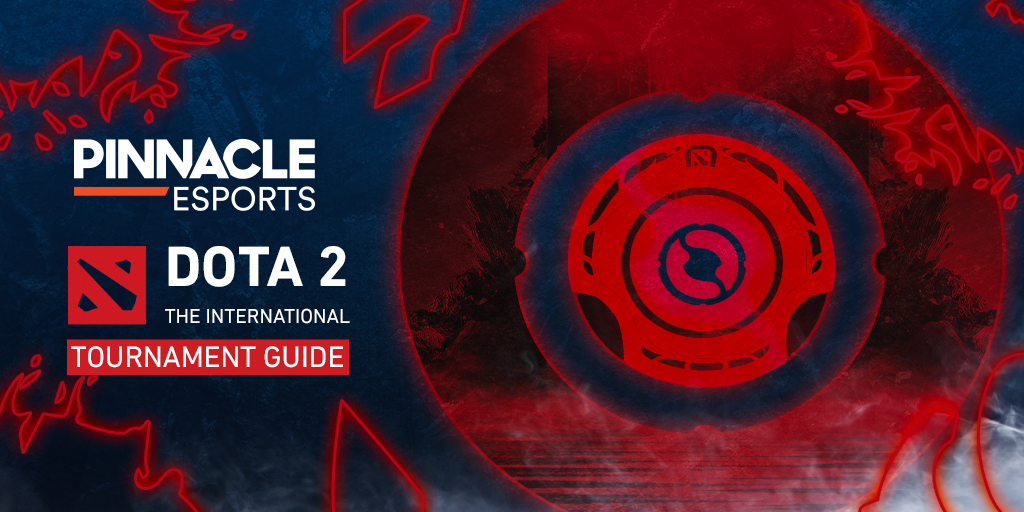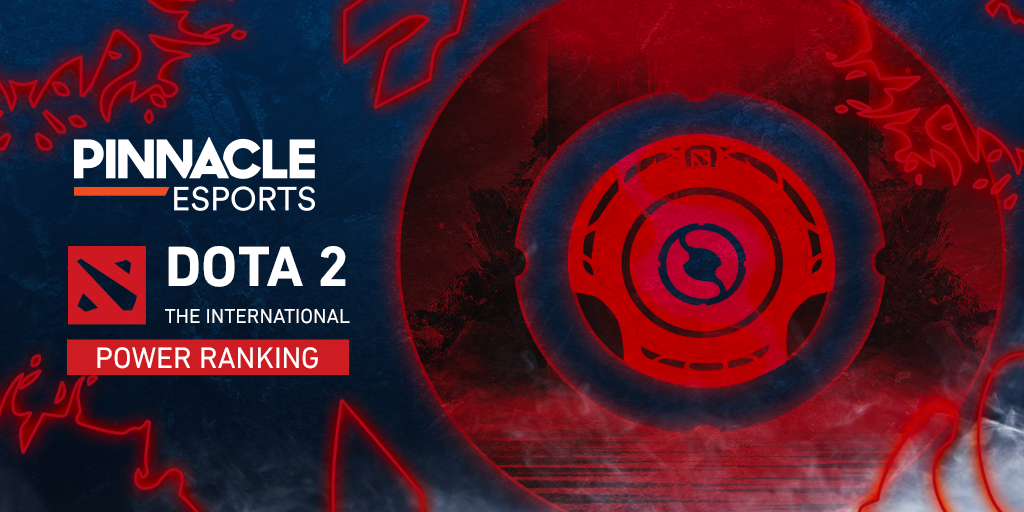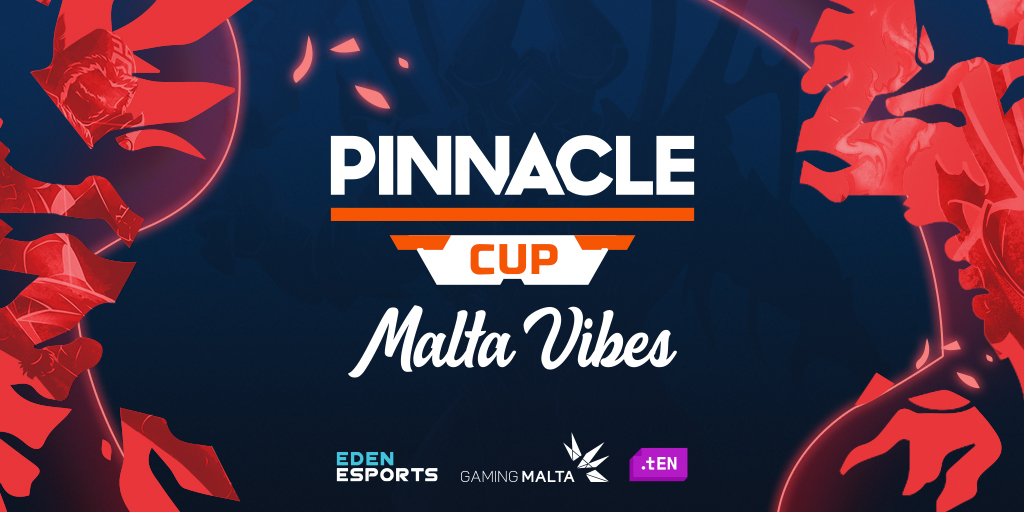If you’re betting on Dota 2, knowledge of the game and the teams or players competing is a basic requirement. While learning more about the history of the game itself won’t necessarily inform your betting now, it’s still an interesting subject for esports bettors. Read on for a brief history of Dota 2.
2013 - The early beginnings
Dota 2 was officially released on Steam for Microsoft Windows on July 9, 2013 and made available on MacOS and Linux a week later (an important fact considering the public beta phase that begun two years prior to its release was Windows-only).
Valve (the company that developed the game) then announced a major new feature on July 22 - players could assemble a fantasy team of players participating in the international events to earn points.
Just over a week after its official release, Dota 2’s in-game crowdfunding system amassed a prize pool of $2.6 million for the upcoming tournament The International - this contributed to a total prize pool of $2.9 million (a considerable increase in the previous $1.6 million).
Just over a month after launching on MacOS and Linux, Valve announced the first major update to the game; First Blood. Amongst the various changes to gameplay, this update provided the ability to set-up matches through a LAN connection.
According to Raptr, Dota 2 overtook League of Legends as the most played MOBA game during the first month of its official release.
2014 - esports records begin to tumble
At the start of 2014, Valve announced that it had paid out $10.2 million to individuals who created virtual items for Dota 2 and Team Fortress 2 (TF2) for the previous year. Free to Play aired in early March, with over 5.5 million people watching the documentary that followed professional players trying to win Valve tournaments.
Dota 2 then surpassed World of Warcraft in terms of popularity for the first time with 7.86m players a month in May 2014.
The game’s popularity started to gain note when the prize pool for The International was announced - the $10.9 million prize pool was a record for an esports tournament and eight players who competed quickly became the highest-ranked players in terms of prize money won.
ESPN and Valve agreed on Dota 2’s first official broadcasting partnership with a deal to show all games from The International as well as post-match analysis and interviews with players. Following the tournament, Dota 2 featured on the cover of the New York Times with the headline “Virtual Games Draw Real Crowds and Big Money”.
Before the end of 2014, there was another major update to Dota 2’s features - this included changes to the heroes and an altering of the map.
2015 - Money, money, money
Dota 2 begun 2015 by announcing that there were over 10 million active players every month. As popularity continued to grow exponentially throughout 2015, the amount of money on offer to professional players reached levels that no one thought was possible.
The viewing numbers for The International soared from around 2 million in 2014 to 4.6 million in 2015.
A SuperData report released in March claimed Dota 2 produced $18 million a month in revenue for the Valve Corporation.
In June of 2015, Valve began beta testing for Dota 2 Reborn (due to be released with the September patch updated) - adding the custom games function, a new game interface and the transition of the game to the Source 2 engine to improve performance.
Once again, the highlight event of the year smashed records in 2015. The International almost doubled its prize pool from the previous year (ending up at $18 million). The viewership numbers for the annual tournament also soared from around 2 million in 2014 to 4.6 million in 2015. However, viewers weren’t too pleased when day two was ground to a halt due to a massive DDoS (distributed denial of service) attack.
Before the year was out, Valve announced and held the first ever Dota 2 Major event in Frankfurt (with a prize pool of $3 million) - the tournament would become a regular staple in the Dota 2 calendar with the next one being held in Shanghai in 2016.
2016 - More updates and events
The first major announcement from Valve in 2016 came in January when they introduced the Winter Battle Pass - a bundle with new features including a wagering system and winter season map.
Controversy dominated the Dota 2 scene in the early part of 2016 when Valve fired James “2GD” Harding from his role as host of the Shanghai Major. Harding was regarded as a “love him or hate him” character but Gabe Newell - co-founder and president of Valve - claimed that his actions during the Shanghai Major was the last straw.
- Find out more about Dota 2 betting
A couple of months later, Virus.pro admitted they had cheated during their match against Ad Finem in the EU Qualifier Grand Finals. ALOHADANCE lost his internet connection and only after a 20-minute delay did he apparently return. However, fans noticed Aloha’s play wasn’t his normal style and only after the match did Virtus.pro admit they had drafted in No[o]ne in place of the lagged out Aloha.
Bigger Dota 2 tournaments began to pop up around Europe throughout 2016 with the Epicenter Moscow tournament and the Dota 2 Invitational in Kiev. The latter part of the year was more about updates with a new hero called Underlord introduced, small map changes and a new Battle Pass containing quests and treasures.
Valve released the 7.0 update in December of 2016 after spending ten years on the 6.xx version of the game - this meant even bigger changes such as new game mechanics, maps and hud changes and other reworks would be possible in the future.
2017 - Even more growth for esports and Dota 2
At the start of 2017, Valve announced Dark Moon - an event held in February that encouraged friendly play between friends to earn points and win prizes.
The International continued to break records and thanks to the crowdfunded format (25% of all Battle Pass revenue) a record $24 million prize pool was on offer.
Ahead of one of the first major events of the year (Dota 2 Asia Championship) the tournament favourites, Virtus.pro, were eliminated during qualifying after heavy DDoS - their manager Andrey “Kimi” Kvasnevsky was dismissed just a few days later for unspecified reasons.
The Bladeform Legacy update, as voted for by the community, went live in March of 2017 with several gameplay updates and much-anticipated release of the Juggernaut Arcana (a cosmetic item that alters the hero’s appearance and adds custom animations, sounds and icons).
Less than a month later the 7.05 patch went live with a lot a talent tree changes, as well as some nerfs (reduction in power or skill) to some heroes. This was soon followed by the first-ever co-op multiplayer campaign for Dota 2 in June.
A major landmark in the growth of esports was reached in August of 2017 when news broke that the International Olympic Committee (IOC) and Paris 2024 bid team had been in discussion about making esports an official Olympic event.
The International continued to break records and thanks to the crowdfunded format (25% of all Battle Pass revenue) a record $24 million prize pool was on offer with $11 million going to the eventual winners Team Liquid.
Two new heroes - Dark Willow and Pangolier - were introduced in late October 2017 as part of the 7.07 update. There were also changes to how the matchmaking rating system works (being changed to a six-month seasonal system).
2018 – Introduction of the DPC
The Dota Pro Circuit (DPC) system was introduced after TI7 and would feature nine major tournaments throughout the season, with Virtus Pro winning four of them. The DPC rankings would inform the invites sent out for TI8 later that year.
We also saw PSG Eindhoven partner with the Chinese super team LGD, this was the first soccer team to put investment into top tier Dota 2. This partnership would form PSG.LGD who would go on to win two DPC majors.
The nine events were initially meant to be ten, however, Valve dropped support for Galaxy Battles after drug laws in the Philippines meant that players would have to be tested before competing in the major.
A shuffle in team rosters meant underperforming Evil Geniuses picked up Gustav ‘S4’ Magnusson and Tal ‘Fly’ Aizik from OG in hopes of performing well at TI8. However, The International 8 was won by OG with one of the biggest upsets in all of esports as OG had qualified from the open qualifiers despite rebuilding their roster just two months before.
2019 – More records broken
True Sight was released showing a behind-the-scenes insight of the finals of TI8, featuring OG and PSG.LGD in an hour-long documentary.
The second season of the DPC saw a reduction of the number of majors to just five which Team Secret and Vici dominated, winning two Majors each.







